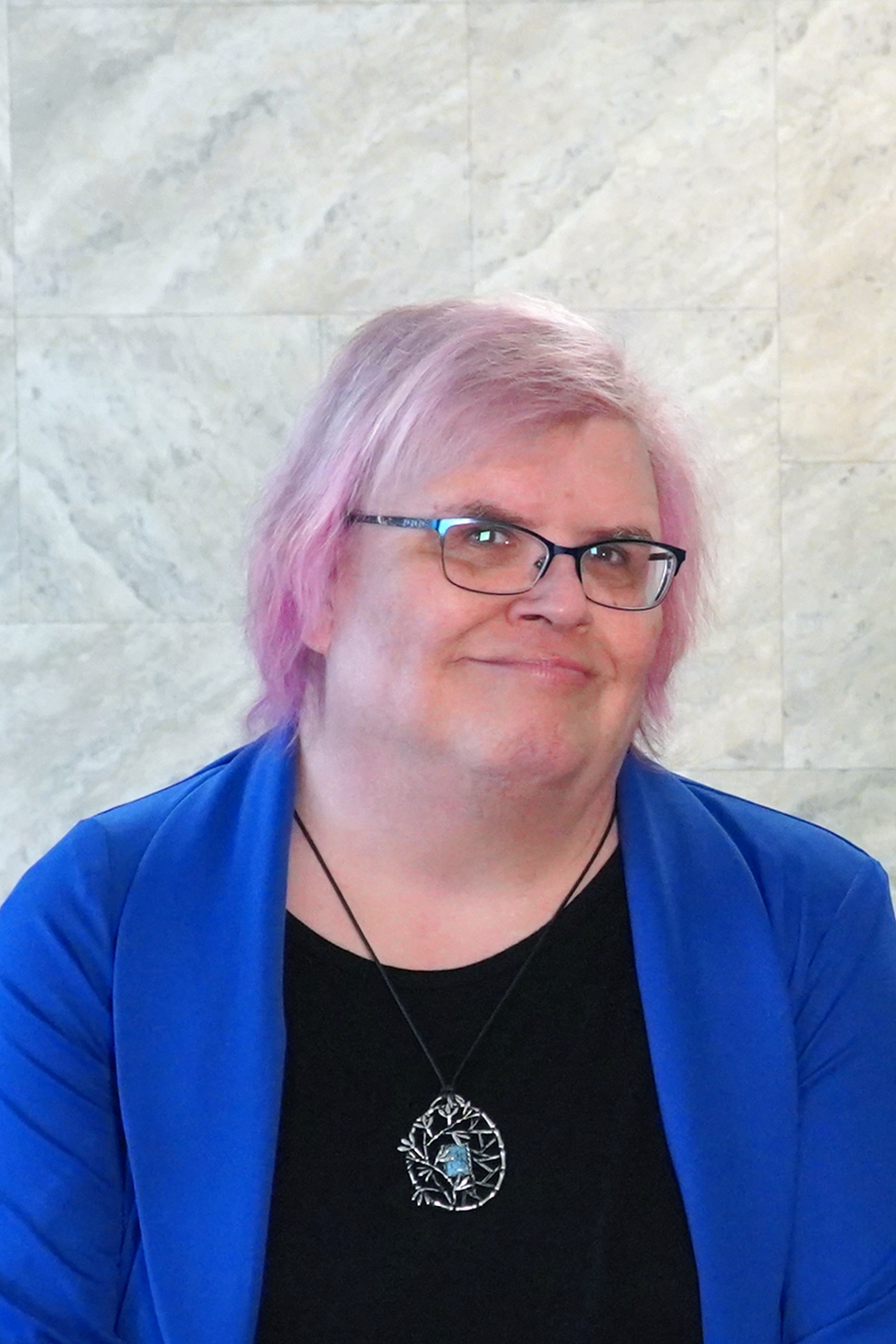Homelessness State Of Emergency Doesn't Apply To The Coast
- Kiera Morgan

- Jan 16, 2023
- 2 min read

Governor Kotek has declared a housing and homelessness state of emergency. State Representative David Gomberg pointed out though he is happy the issue of unhoused is being addressed he was disappointed that Lincoln, Tillamook, and Benton Counties will not be benefitted by the Order.
Areas considered for homelessness support are called Continuums of Care – regions originated by the Federal Housing and Urban Development Agency (HUD). Seven of the Continuums are made up of counties clustered around larger metropolitan areas. The final Continuum contains the rest of Oregon – 26 counties – called the Rural Oregon Continuum.
The single Rural Oregon Continuum includes 26 counties in eastern, southern, and coastal Oregon.
The Emergency Declaration only provides support in Continuums where homelessness has increased by 50% since 2017. Our problem is that as dire as our homelessness problem may be in Lincoln or Benton County, when we are averaged together with all of Eastern Oregon, we fall below the 50% threshold. As a result, the Rural Continuum is the only one where the Executive Order did not apply.
Homelessness counts are determined though a census called the Point In Time (PIT) count. Across the Rural Oregon Continuum, you find Oregon’s least populous counties and smallest cities. Smaller communities have fewer resources to complete a thorough and accurate PIT count. In 2022 for example, with a COVID surge looming, Lincoln County relied on a simple “windshield survey” in which volunteers were tasked with driving up and down Highway 101 to survey for individuals contending with unsheltered homelessness.
Many folks struggling with homelessness are often found well away from the highway.
Weather patterns, the economy, and visitor dynamics are dramatically different between Eastern Oregon and the Coast. Counts are done in January, but fewer unsheltered individuals linger in sub-zero regions. And the hospitality industry suffered closures and layoffs during the pandemic which left coastal residents disproportionately homeless.
Gomberg added the Point In Time surveys specifically exclude homeless students who may be temporarily sheltered. This means we are not counting students who may be living involuntarily doubled-up on friends' couches, living room floors, or in basements. As many as one-in-five coastal students do not have a safe, secure, long-term place to sleep, and tragically, these students are often disproportionately young people of color and members of the LGBTQ+ community.
Homelessness is not just an urban issue, or an adult issue. It is an Oregon issue. As a result, Representative Gomberg prepared a letter signed by all members of the Coastal Caucus in which they urged the Governor to consider a process allowing cities or counties in the Rural Continuum to opt into the Declaration.





.png)



Comments